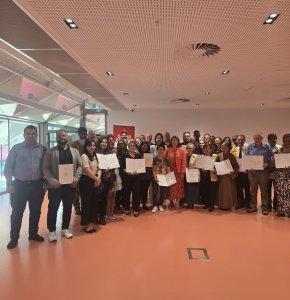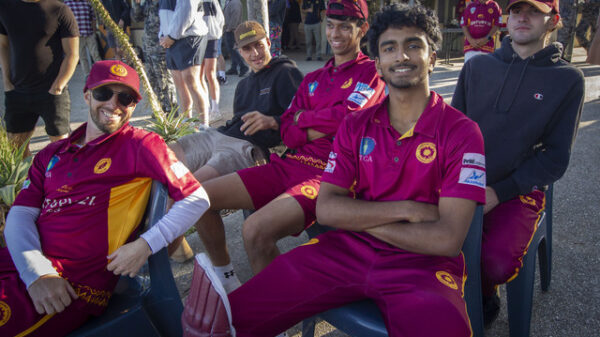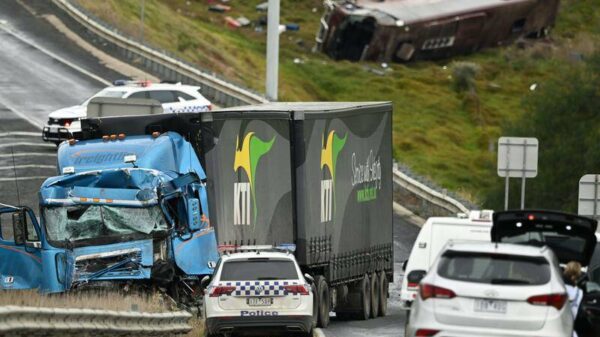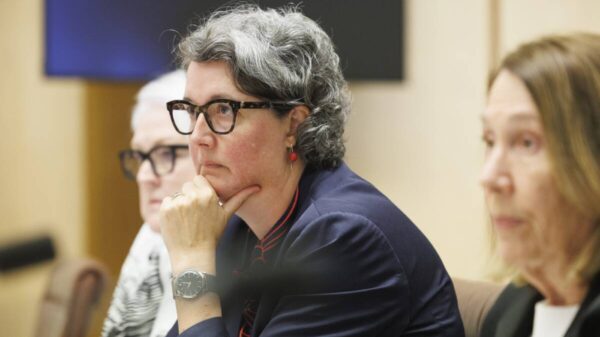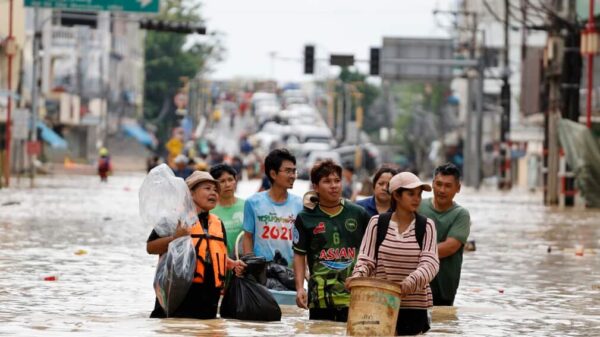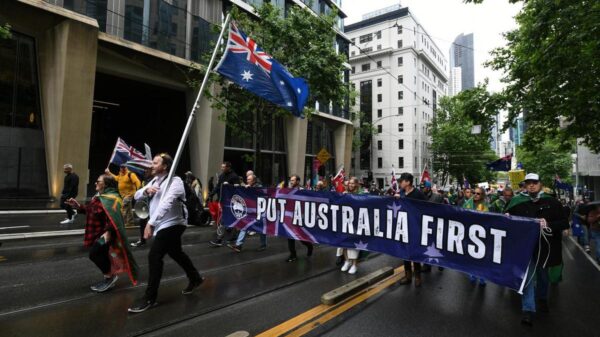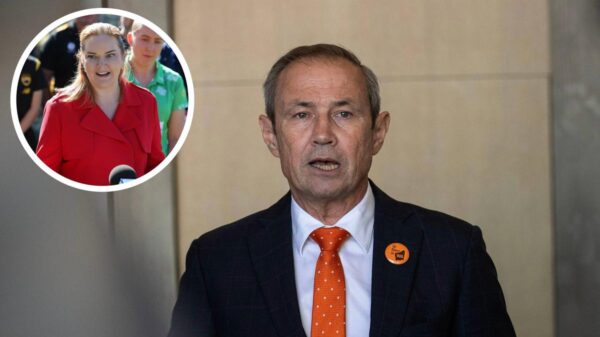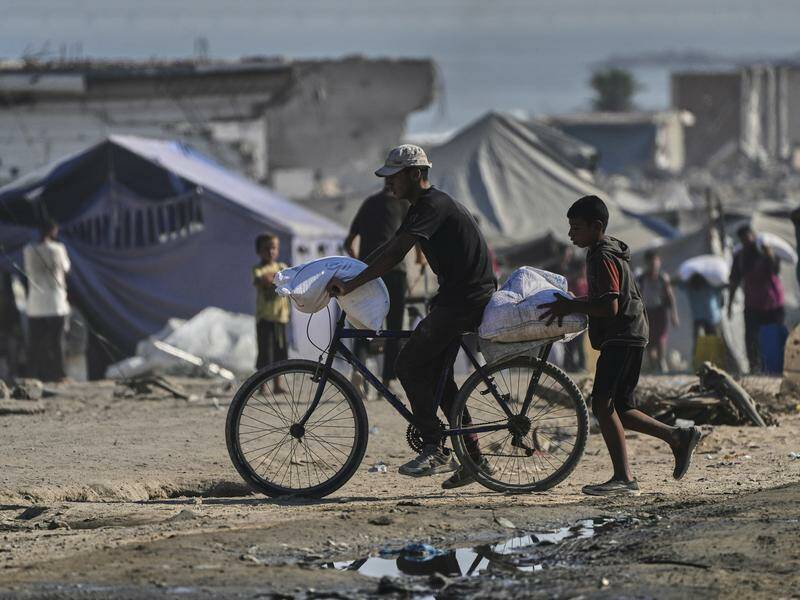Israeli airstrikes and gunfire have resulted in the deaths of at least 33 Palestinians in Gaza, according to local hospitals. The casualties include individuals seeking food and those sheltering in makeshift tents as a famine crisis worsens in the territory. Global pressure on Israel is intensifying, with the humanitarian situation deteriorating further amidst ongoing military operations.
Israeli Defence Minister Yoav Gallant has issued a stark warning that Gaza City could face destruction in a new military operation, which may commence in the coming days. This comes as international aid organizations have repeatedly cautioned that the conflict, ignited by Hamas’ attack on October 7, 2023, along with months of Israeli restrictions on essential supplies, has led to a dire food crisis. Israel has dismissed the claims of famine as “an outright lie.”
In southern Gaza, airstrikes killed at least 17 individuals, more than half of whom were women and children, according to morgue records and health officials at Nasser Hospital. These strikes targeted tents in Khan Younis, where many displaced people have sought refuge. A heart-wrenching scene unfolded when a small boy asked his brother’s plastic-wrapped body, “Awad, why did you leave me?” Another grieving relative, Hekmat Foujo, made a desperate plea for a ceasefire, saying, “We want to rest. Have some mercy on us.”
Humanitarian Crisis Deepens
In northern Gaza, at least five people seeking aid were killed by Israeli gunfire near the Zikim crossing, where United Nations and other aid convoys enter the territory. Health officials at Sheikh Radwan field hospital confirmed the fatalities. Additionally, eleven more individuals lost their lives in various attacks, according to reports from hospitals and the Palestinian Red Crescent.
The Israeli military stated it was investigating the reported attacks but claimed to have no knowledge of any strikes in Khan Younis at the specified location. Mohamed Saada, who was among the many seeking food from a delivery in the Zikim area, expressed frustration. “I came here to bring food for my children but couldn’t get anything, due to the huge numbers of people and the difficulty of the situation,” he explained.
As temperatures soared above 33 degrees Celsius, chaotic scenes unfolded as some individuals managed to carry sacks of food, while others transported the wounded on wooden pallets.
A recent report by the Integrated Food Security Phase Classification warned that the famine in Gaza City is likely to expand if fighting resumes and restrictions on aid persist. Approximately half a million people, or about one-quarter of Gaza’s population, are facing catastrophic hunger. This alarming declaration follows Israel’s 2.5-month blockade on the region earlier this year, which was only partially lifted with some access granted through a new US-supported private aid supplier, the Gaza Humanitarian Foundation.
Despite global outrage over images depicting malnourished children, Israel has made limited concessions, allowing airdrops and new land deliveries. However, the UN and various organizations have indicated that these efforts are insufficient to meet the overwhelming need.
Escalating Conflict and Aid Challenges
Reports from AP journalists reveal a chaotic environment around aid delivery routes, with frequent instances of Israeli troops firing toward those seeking assistance. The Israeli military contends that warning shots are fired if they perceive a threat from approaching individuals.
Israeli Prime Minister Benjamin Netanyahu‘s office maintains that sufficient aid has been allowed into Gaza during the conflict, while also accusing Hamas of exacerbating the crisis by withholding food from hostages.
The situation is further complicated by the presence of Israeli ground troops in strategic locations, indicating that a significant military operation in Gaza City could commence soon, potentially affecting hundreds of thousands of civilians.
Doctors Without Borders (MSF) has reported increased patient numbers at its clinics around Gaza City, as people flee the violence. Caroline Willemen, MSF project coordinator, observed a notable rise in airstrikes since early August. “Those who have not moved are wondering what they should do,” she stated. “People want to stay; they have been displaced endlessly before, but they also know that at some point it will become very dangerous to remain.”
As the humanitarian crisis deepens, the international community continues to monitor the situation closely, calling for urgent action and relief efforts to address the escalating needs in Gaza.

